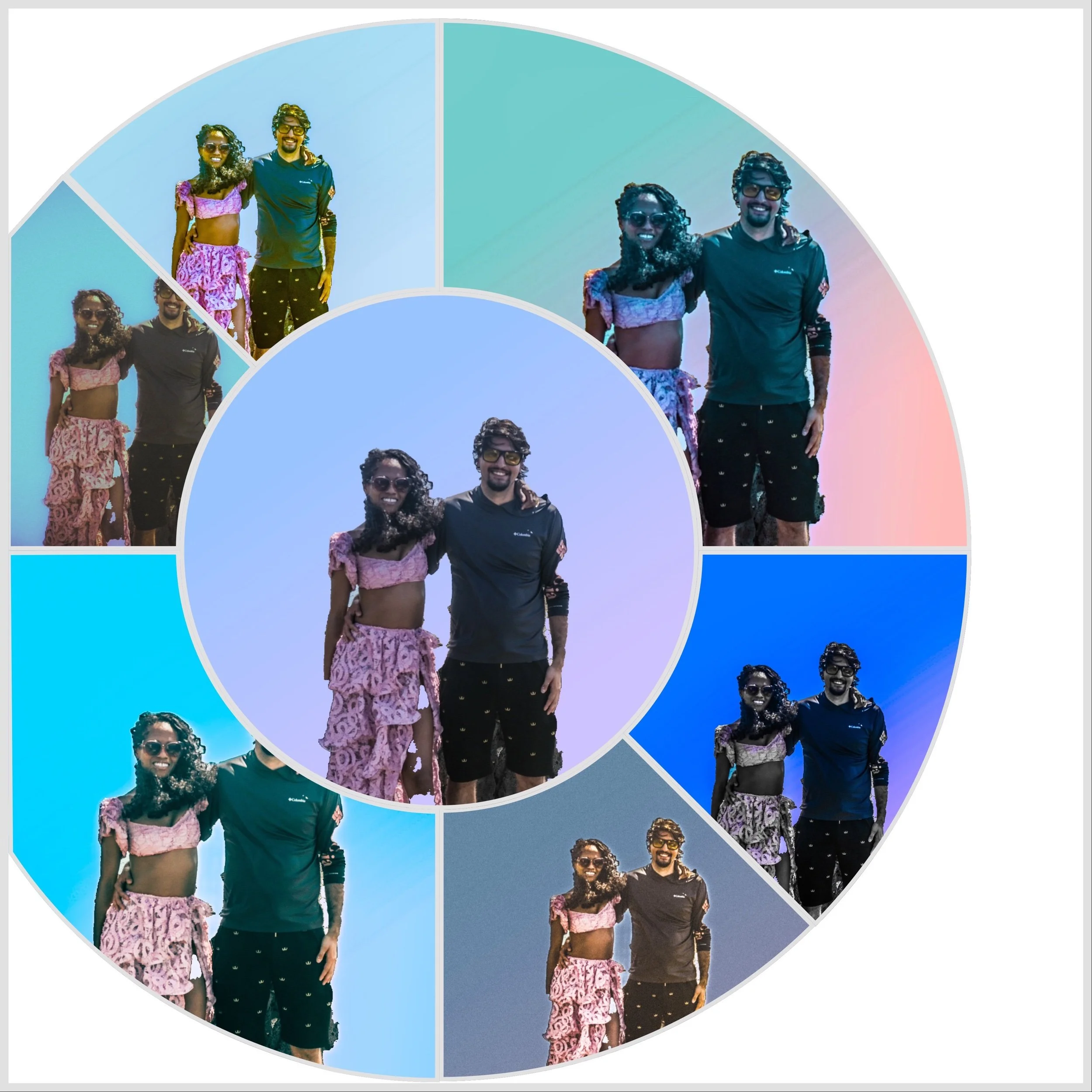Statistics
Syntax Fundamentals in R:
1. Variables and Assignments: In R, you can assign values to variables using the assignment operator "<-" or the equal sign "=".
Example:
```
x <- 10 # Assigns the value 10 to variable x
y = 5 # Assigns the value 5 to variable y
```
2. Data Types: R supports various data types, including numeric, character, logical, factor, and more.
Example:
```
age <- 25 # Numeric data type
name <- "John" # Character data type
is_student <- TRUE # Logical data type
```
3. Operators: R provides a range of operators for arithmetic, comparison, logical operations, and more.
Example:
```
a <- 10
b <- 5
addition <- a + b # Addition operator
greater_than <- a > b # Comparison operator
logical_and <- a > 0 & b > 0 # Logical AND operator
```
4. Control Structures: R offers control structures like if-else statements, for loops, while loops, and more to control the flow of execution based on conditions or iterate over elements.
Example:
```
if (condition) {
# Code to execute if condition is true
} else {
# Code to execute if condition is false
}
for (i in 1:5) {
# Code to repeat for each value of i from 1 to 5
}
while (condition) {
# Code to execute as long as the condition is true
}
```
5. Functions: R has a vast ecosystem of functions to perform specific tasks. You can use built-in functions or create your own functions to encapsulate reusable code.
Example:
```
# Built-in function
mean_value <- mean(data) # Calculates the mean of a dataset
# User-defined function
square <- function(x) {
return(x^2)
}
result <- square(5) # Calls the square function with argument 5
```
Conclusion:
Mastering the syntax fundamentals of R is essential to leverage its capabilities for statistical analysis and data manipulation. By understanding variables, data types, operators, control structures, and functions, you will be well-equipped to write efficient and concise code in R. Embrace the learning journey, practice regularly, and explore the vast R ecosystem to unlock the full potential of this powerful language for statistical computing.


